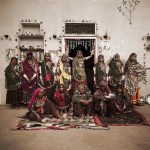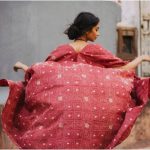Indian vs global fashion
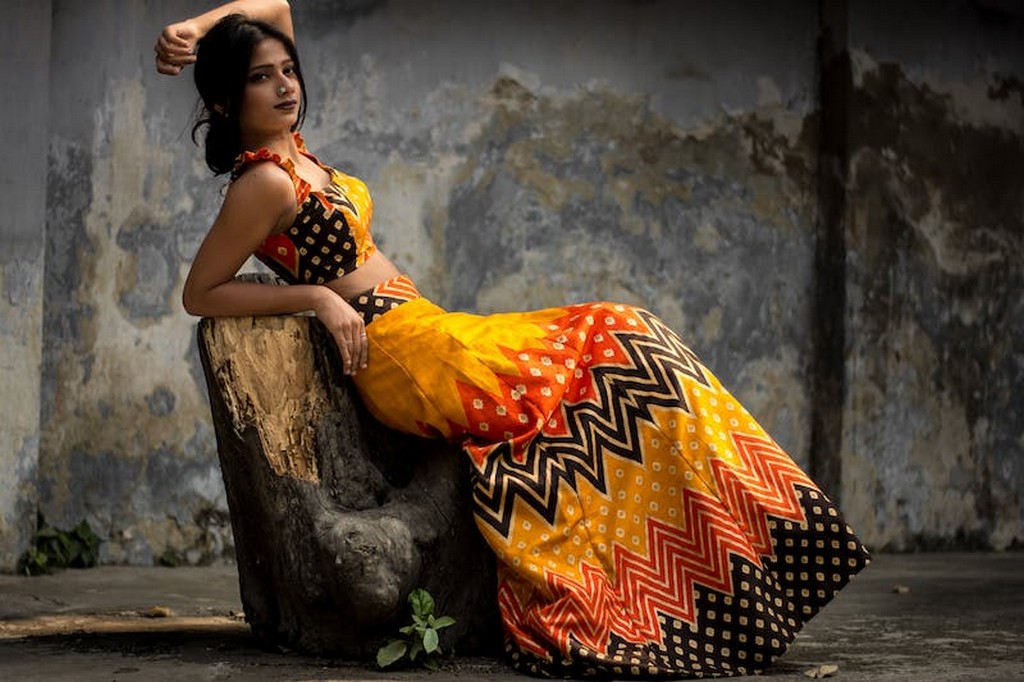
Fashion is the prevailing style during a particular time. When we talk about fashion, in general, we mostly mean clothing, shoes and other accessories like makeup and hair which are related to keeping oneself pretty. Fashion all over the world may or may not be the same. Countries like France, the USA, Italy, India and Japan and Spain are the forerunners and frontrunners in fashion. Fashion weeks are held all over the world in major cities like Paris, Milan, New York, London, Mumbai and Tokyo. These fashion weeks showcase the new designs and collections of the participating designers. Let us read how Indian fashion is different from global fashion and the major elements of Indian fashion .
WHAT IS INDIAN FASHION?
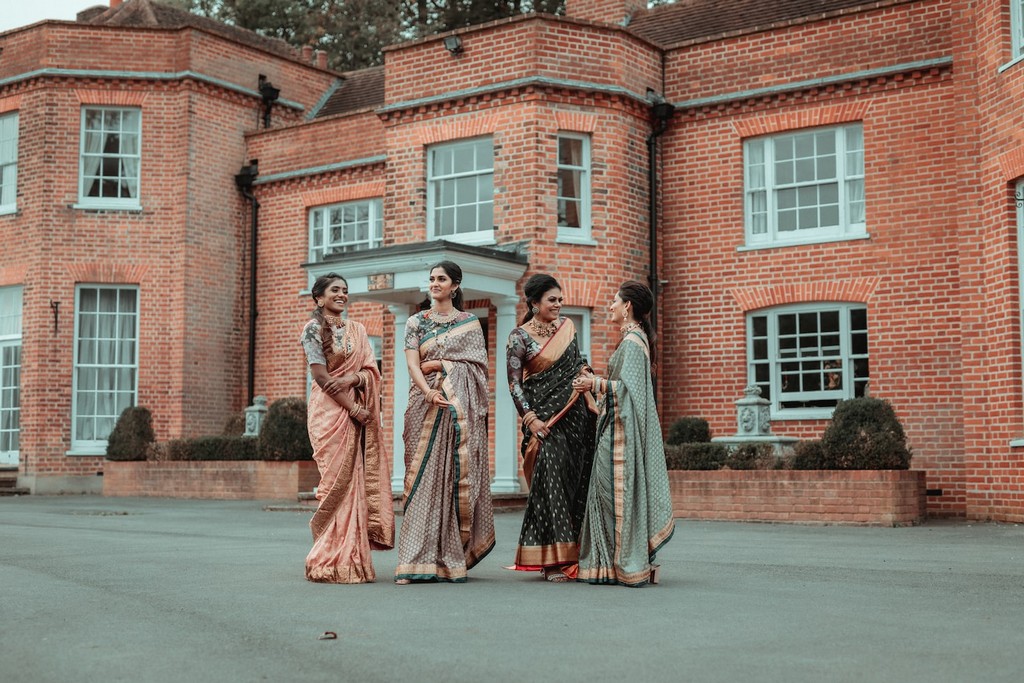
Indian vs global fashion
India has a lot of cultures which inspire Indian fashion . Every district in the country has its own type of prints, jewellery (designs), textiles, and so on. It is so vast that it would take almost a lifetime to study all the variety in depth. Indian fashion , currently, is mostly inspired by these indigenous cultures along with the changing contemporary trends. Indian fashion is a blend of different types of styles. From sarees and lehengas to palazzos and trousers for women and from dhotis and pagris to jeans and hats for men, it has the most diverse palette in the entire world fashion scenario.
INDIAN FASHION VS GLOBAL FASHION
Let us look at the major elements, among the numerous ones, that are unique to Indian fashion .
(I) Saree
The saree is synonymous with Indian fashion . It is the national dress of India for women and is available in a variety of avatars. Sarees are made with different textiles, prints or lengths like the Marathi saree and the Assamese mekhela-sador. Saree can be formal, casual, regular wear or party wear and can be accessorized in numerous ways.
(II) Dhoti
The dhoti is to men what saree is to women. Men all over the country wear dhoti in different styles. The dhoti is the ancestor of modern trousers and is one of the important Indian outfits.
(III) Jewellery
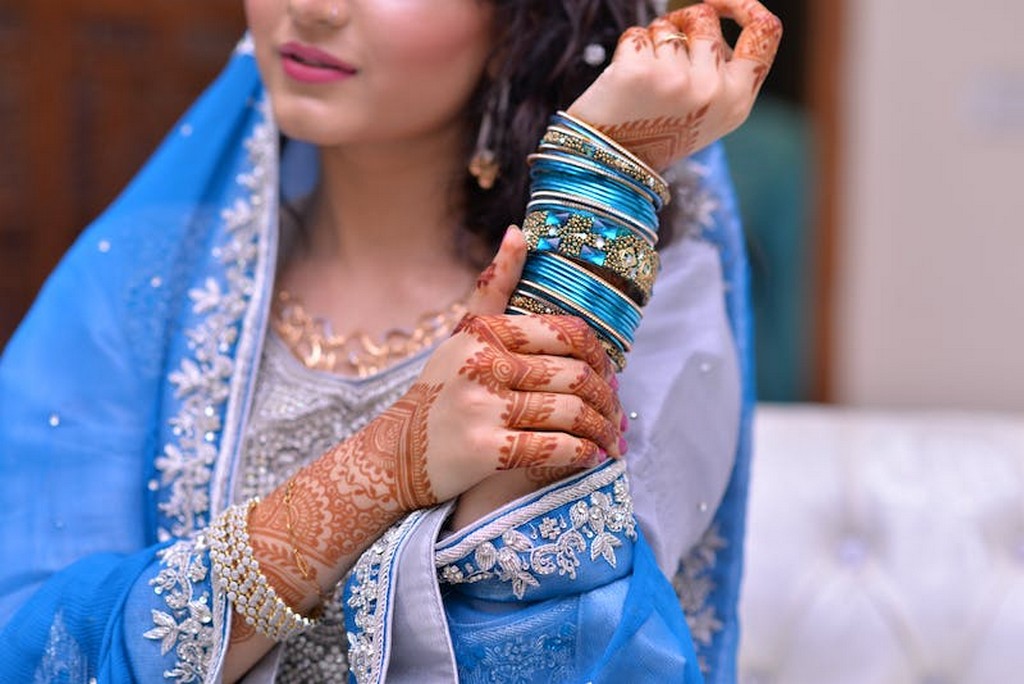
Indian vs global fashion
Though jewellery is worn all over the world, Indian jewellery has its own story. Jewellery like payal (anklets) made of silver, kada made of gold, shakha made of conch shells, churis made of glass, maang tikas and nose rings are only a few examples of the variety that Indian culture has to offer. Indian fashion has its base derived from these diverse cultures and designs.
(IV) Bindi
The bindi is the symbol of femininity and anybody wearing a bindi is set apart from the rest because of the beauty that brings out in a person. The bindi is generally worn with Indian ethnic wear and people in India as well as abroad adore it. Some people love it so much that they adorn it irrespective of the outfits they wear. Pop star Gwen Stefani is one such example, wearing bindis throughout the 1990s and 2000s.
(V) Headgear
Headgears like Rajasthani and Punjabi pagdis and Naga Akütsükukha are staples in their respective cultures. Many global fashion designers have used turbans as part of their collections. Along with being a cultural representation, it suits as an elegant fashion statement.
(VI) Silks and other textiles
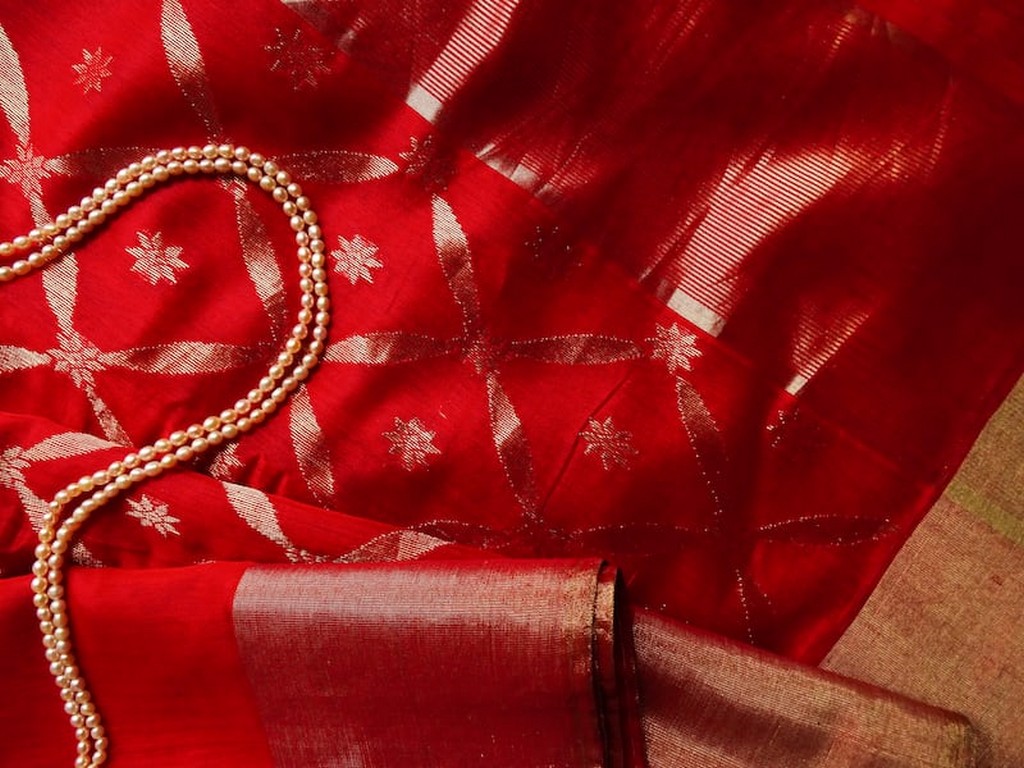
Indian vs global fashion
Indian silks are known worldwide for their variety and durability, among other features. States like Assam, Karnataka and Maharashtra have three to four types of silk that are produced only in the respective states. Each of these Indian silks is unique and is used to make particular clothing. Textiles like khadi and kancheepuram represent Indian culture.
(VII) Embroidery
Embroidery methods like chikankari, gota patti, kasuti are unique to India and have been in existence for ages. These methods are not similar to the embroidery techniques used in French or Persian embroideries. Modern Indian ethnic wear uses these age-old embroidery methods to bring out the true elegance of Indian clothing.
(VIII) Prints
Another major element would be the unique prints that India has offered to the rest of the world. Bandhani, ikat, batik, etc. are some examples of unique prints that originated in India and are now used globally as well.
Apart from the above elements, there are other factors that are different for Indian fashion and global fashion. Indian fashion is more focused on Indian ethnic wear though some brands or designers also work on western wear and Indo-western wear. When it comes to retail, Indian fashion is mostly distributed among mass brands and fast fashion brands. While global fashion has one more category, luxury brands. Indian fashion is now growing globally and with Indian designers like Sabyasachi Mukherjee, Manish Arora and Falguni and Shane Peacock, India has some up-and-rising luxury brands. Indian fashion is way more varied than global fashion as it has elements from the nooks and corners of India.
Indian fashion and global fashion have certain similarities too. For instance, both are trying to follow sustainable models of development. Indian fashion and Indian culture have inspired global fashion numerous times and vice versa. With more and more Indian designers making it to the global market, Indian fashion will become more common globally soon. Transform your dreams of becoming a fashion designer into reality by enrolling in a course today!




